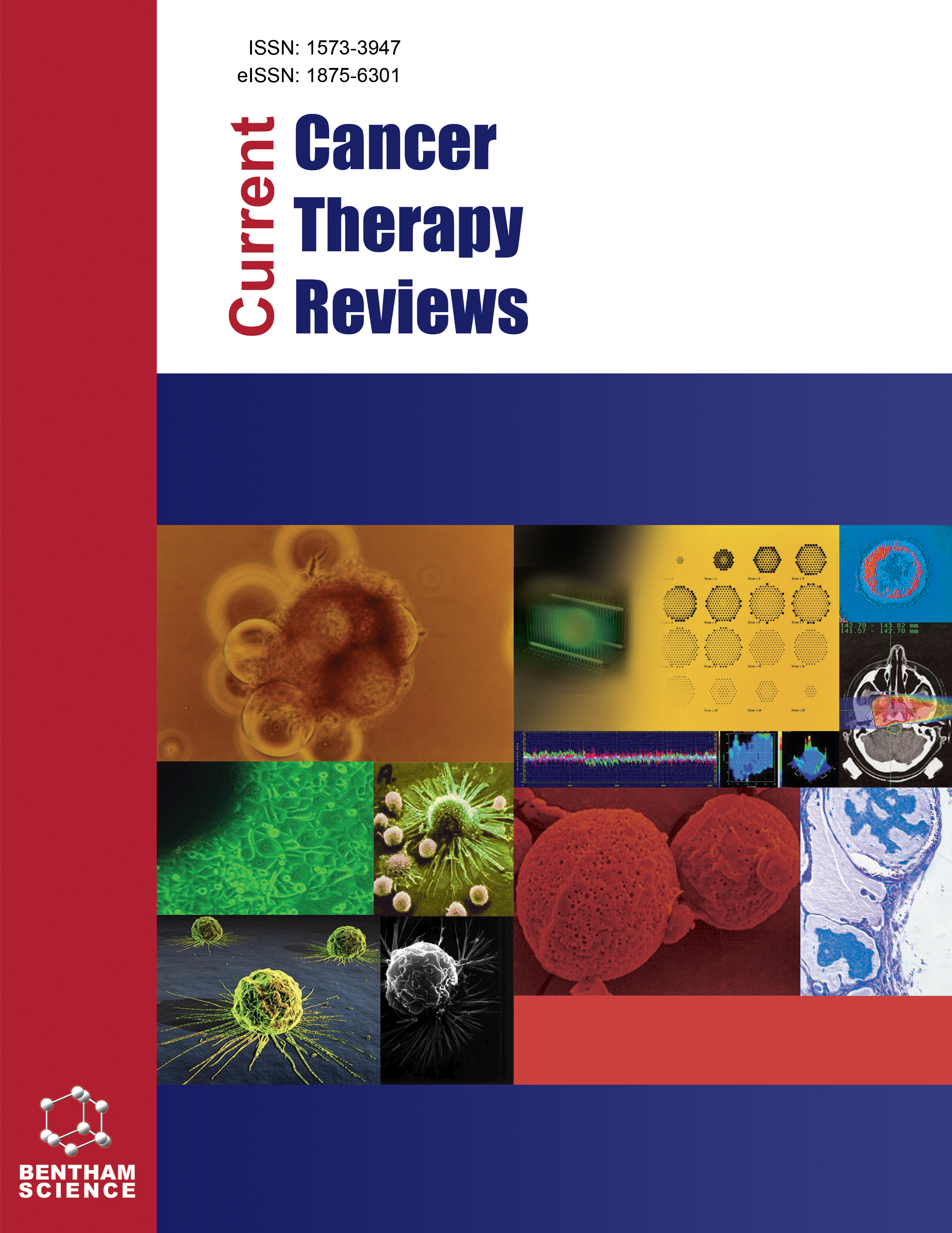
Full text loading...
We use cookies to track usage and preferences.I Understand
Breast cancer is an aggressive disease with a significant morbidity and death rate among women worldwide. Despite the progress of diagnostic and therapy options for breast cancer in recent years, the prognosis and survival rates of breast cancer patients remain unsatisfactory. The aberrant growth and spread of tumor cells are the leading cause of death in these patients. More profound knowledge of molecular biology underlying breast cancer and a more accurate stratification are still necessary for more precise therapy. Further understanding of the disease's molecular mechanism and genetic aberrations may allow for the identification of more accurate prognostic and diagnostic markers and more effective treatments. Tumor protein D52 (TPD52) is an oncogene whose overexpression has been found in breast cancer. Overexpression of TPD52 has been linked to specific molecular subtypes of breast cancer, including luminal B and ERBB2-positive tumors. Besides, non-coding RNAs (ncRNAs) were found to play a significant role in breast cancer progression. ncRNAs play regulatory roles in cell behaviors, cancer pathogenesis, radiotherapy, and resistance to chemotherapy. Multiple ncRNAs could modulate the expression of TPD52 and regulate breast cancer cell proliferation, invasion, and metastasis. In this review, we summarized the functions of TPD52 in breast cancer cells.

Article metrics loading...

Full text loading...
References


Data & Media loading...

